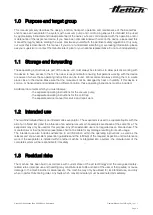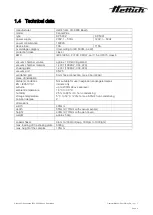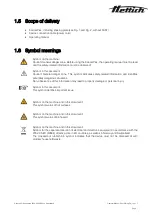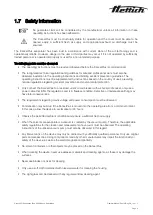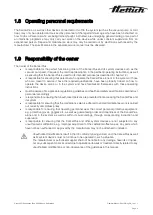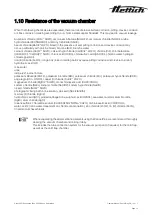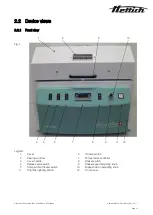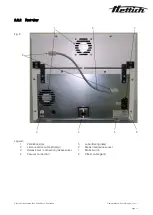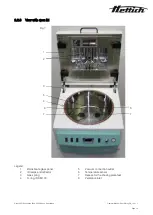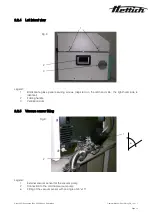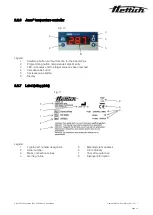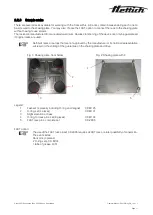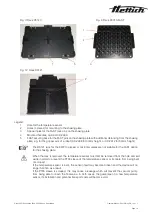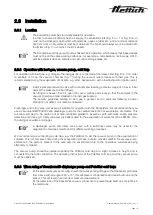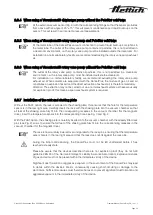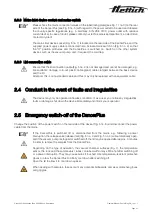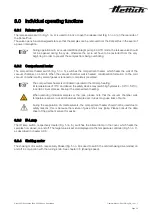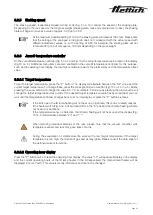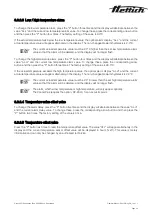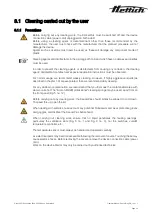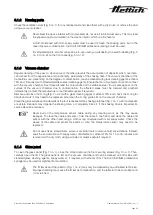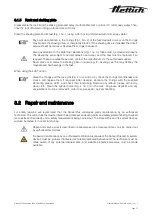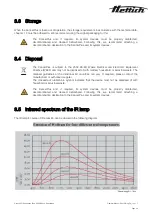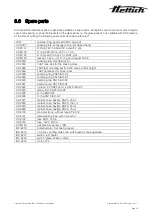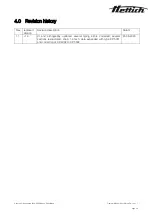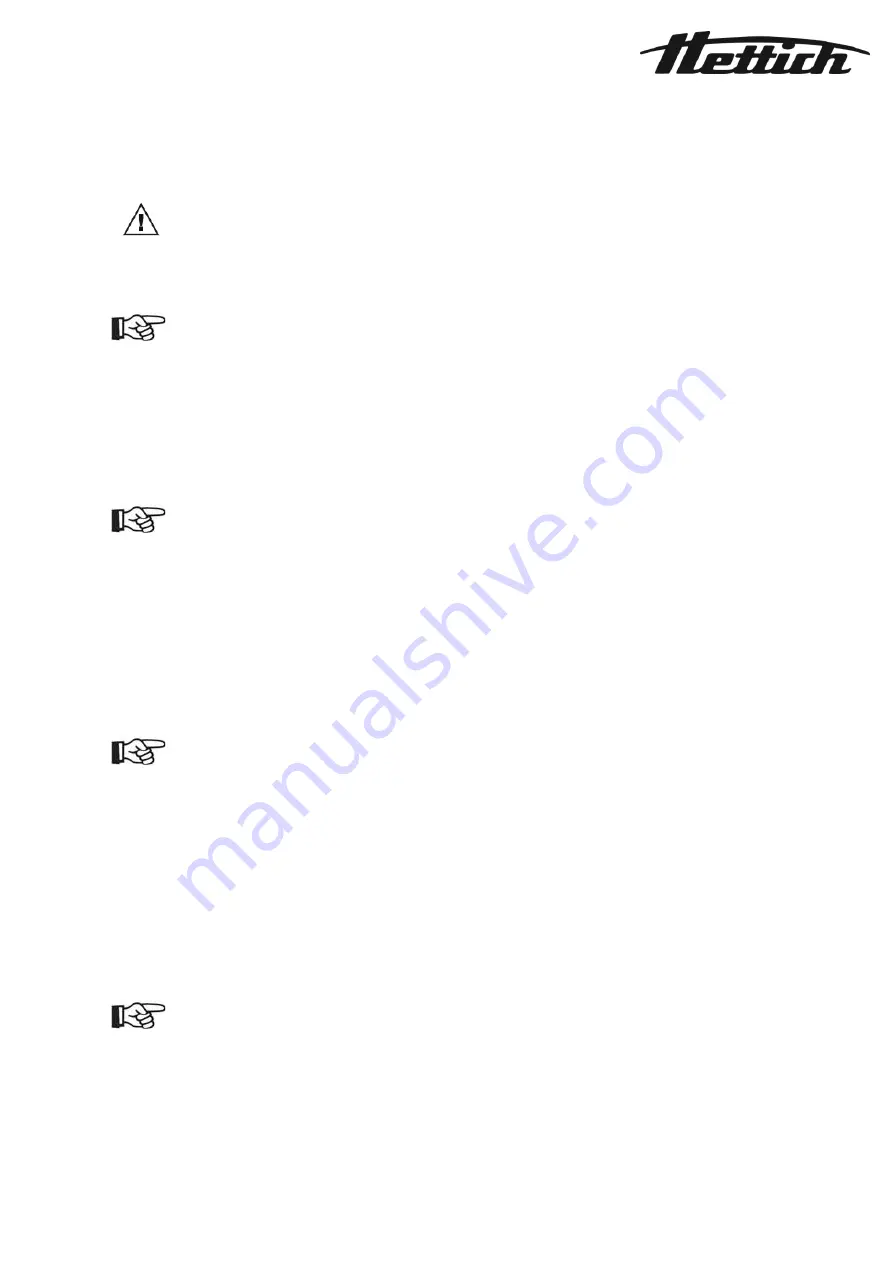
Hettich AG, Seestrasse 204a, 8806 Baech, Switzerland
Operator Manual_DancerPlus_EN_rev, 1.1
Page 19
2.3
Installation
2.3.1
Location
The DancerPlus must be structurally stable for operation.
In order to ensure a sufficient fresh air supply, the ventilation slots (Fig. 6 no. 1 or Fig. 8 no. 3)
must not be blocked or obstructed with materials, paper, a folder etc., and a minimum distance
of 20 cm from an impediment must be maintained. The fan should always work in parallel with
the IR lamp (Fig. 7 no. 2) when the lid is closed.
The DancerPlus and the vacuum pump shake when in operation, which means that these devices
must not be on the same working surface as, for example, a microbalance, microscope, HPLC,
sensitive analysis devices, sample and cell culture storage areas, etc.
2.3.2
Operation with inert gas, vacuum pump, cold trap
For operation with inert gas, e.g. nitrogen, the inert gas line is connected at the release inlet (Fig. 6 no. 3) in order
to ventilate or fill up the vacuum chamber (Fig. 7) during the vacuum relief process with inert gas. This is
recommended during the evaporation of solvents, e.g. ether, benzene etc. with a low flashpoint or ignition point.
Install a pressure reduction valve with a manometer featuring a display range of 0 bar to 6 bar
and set the pressure to 2 bar (29psi).
As nitrogen is heavier than air, open the cover carefully and slowly so that the samples in the
vacuum chamber remain shielded in the inert gas build-up.
The security guidelines relating to inert gas in general, and in particular following a power
interruption or defect, must also be observed.
Diaphragm and rotary vane pumps are all suitable for operation with the DancerPlus. We recommend that you
use a Vacuubrand® PC3003 Vario diaphragm pump for the careful constriction or evaporation of solvents. This
will allow pumping to be carried out at time-controlled gradients, as well as with automatic boiling pressure
detection and tracking. A rotary vane pump is better suited for the evaporation of solvents such as DMSO, or for
the drying of powders or silica gel.
A diaphragm pump and rotary vane pump with a switchover valve may be used for the
evaporation of various solvents and for different working processes.
We recommend pre-connecting a cold trap, e.g. the PoleStar, to aid the vacuum pump in the evaporation of
solvents. This not only saves time during the evaporation process, but also provides relief to the vacuum pump,
ambient air, the persons present in the area and the environment due to the hazardous substances being
effectively contained.
The vacuum pump should be installed opposite the PoleStar cold trap at a slight increase in height, and is
connected to the tube connection. The operating instructions of the PoleStar cold trap and the vacuum pump
must be observed.
2.3.3
When using a Vacuubrand® diaphragm pump and PoleStar cold trap:
Fit the external vacuum sensor (Fig. 9) with the corresponding fittings so that the sensor protrudes
from above with an angle of 45° ±15°; this will prevent condensation and liquid build-ups on the
sensor. This will result in an incorrect pressure measurement.
Fit the metal tube of the DancerPlus vacuum connection to prevent liquid build-ups or siphons in
the metal tube

